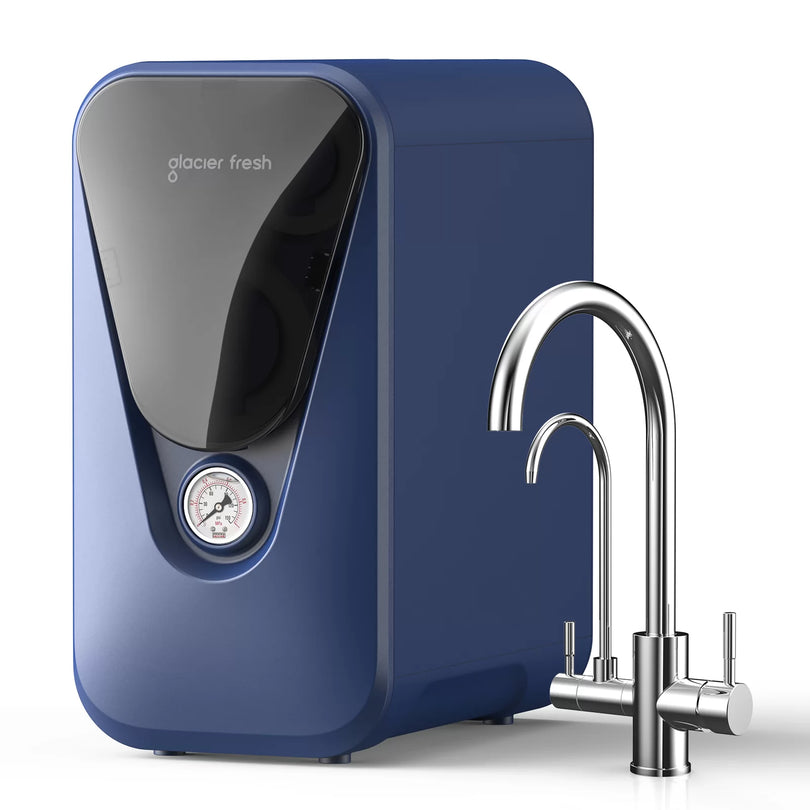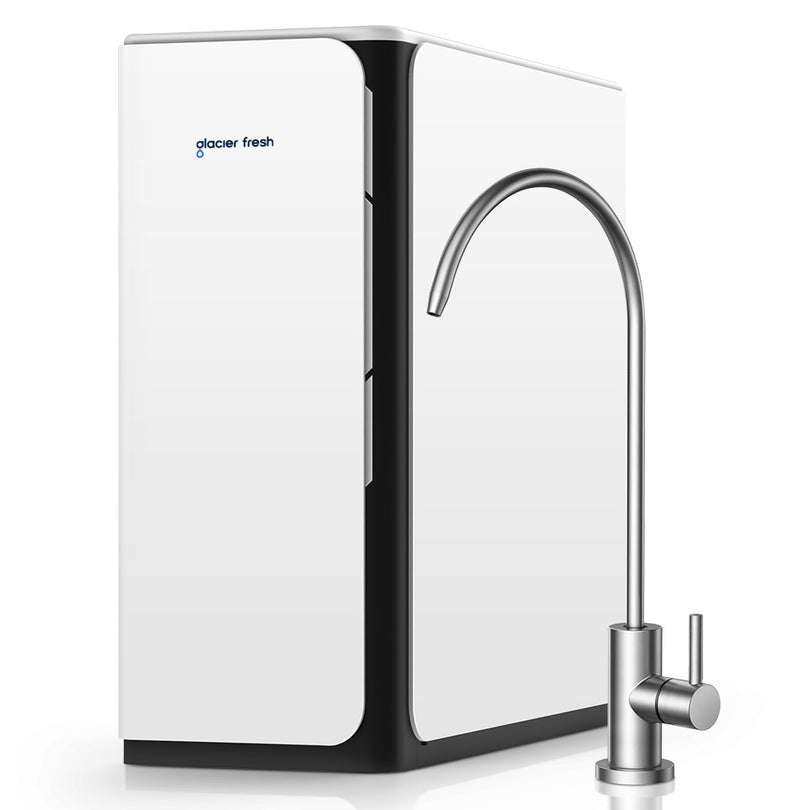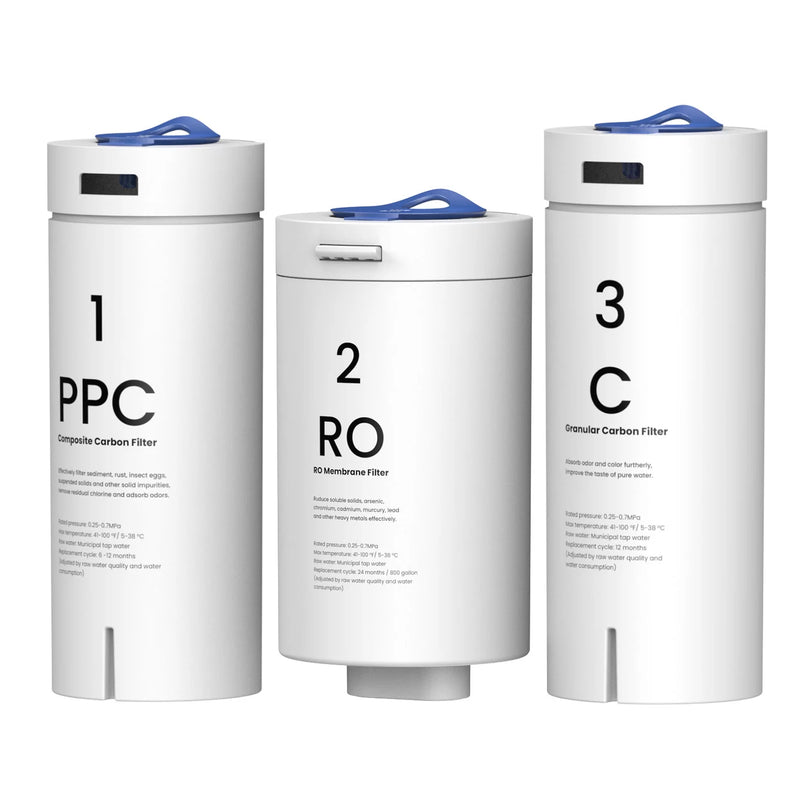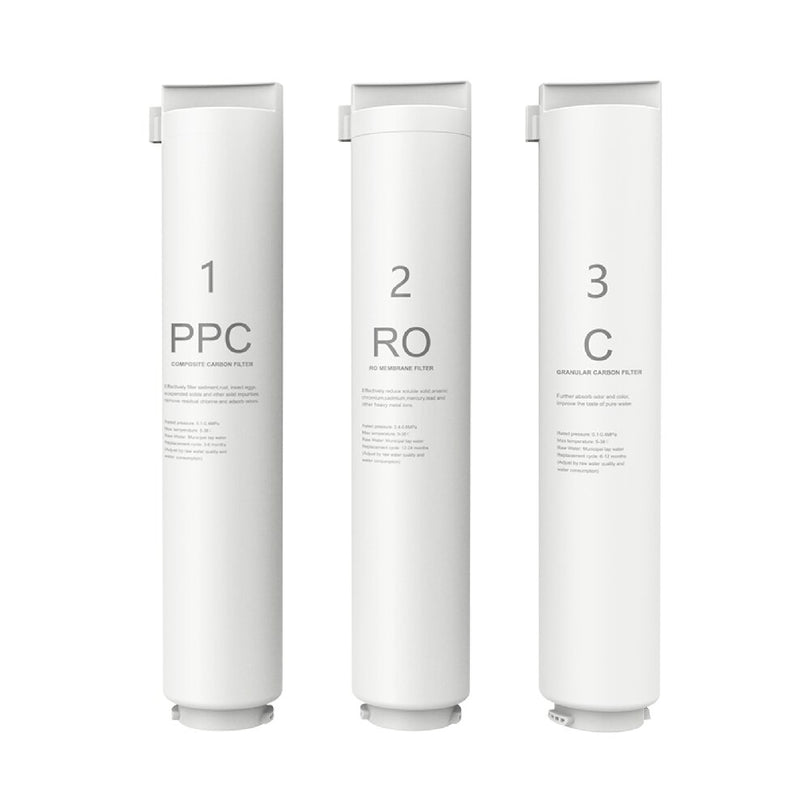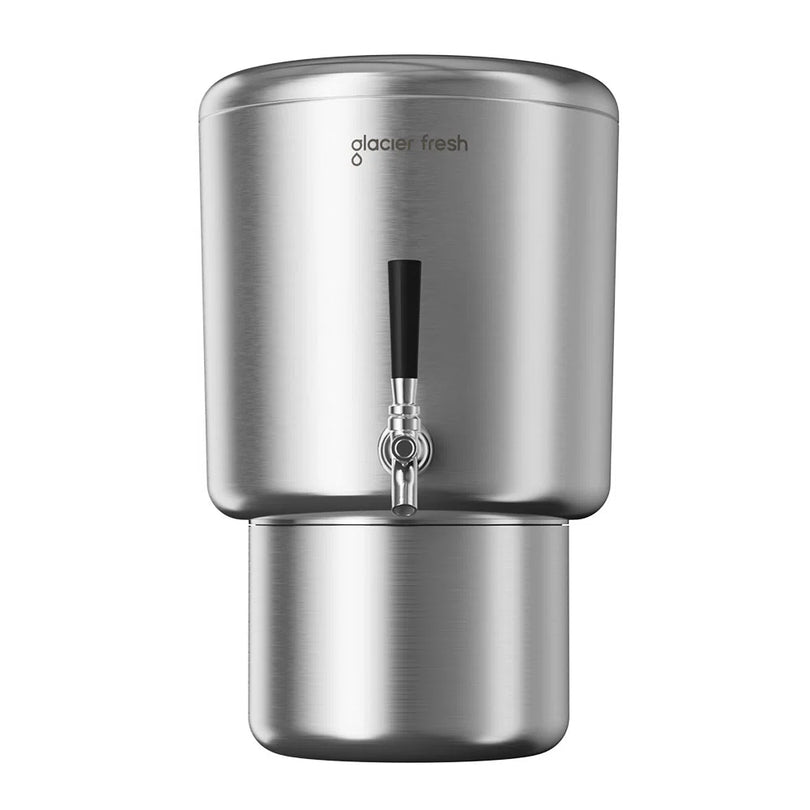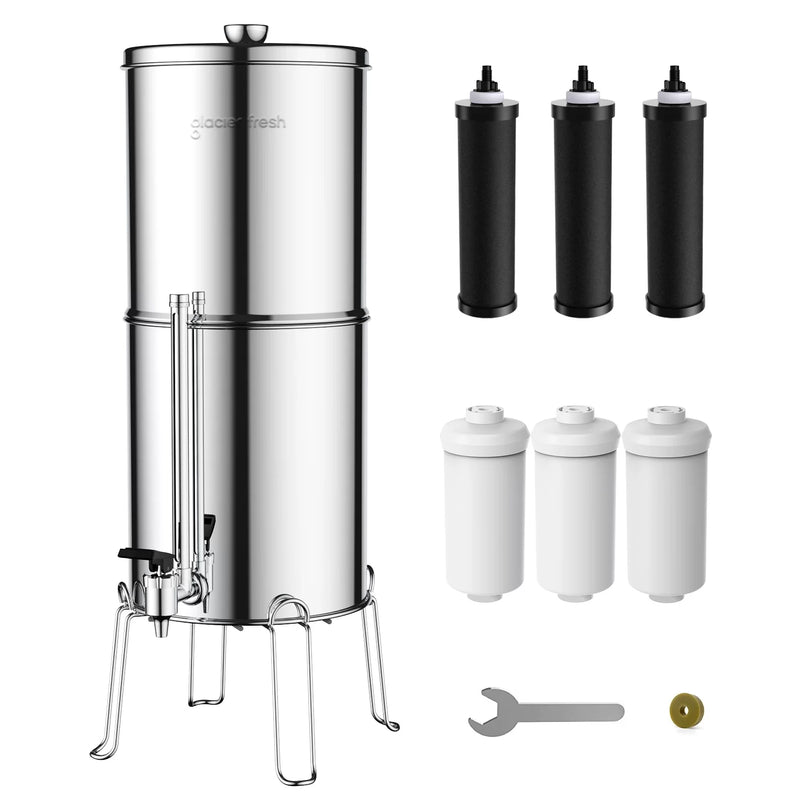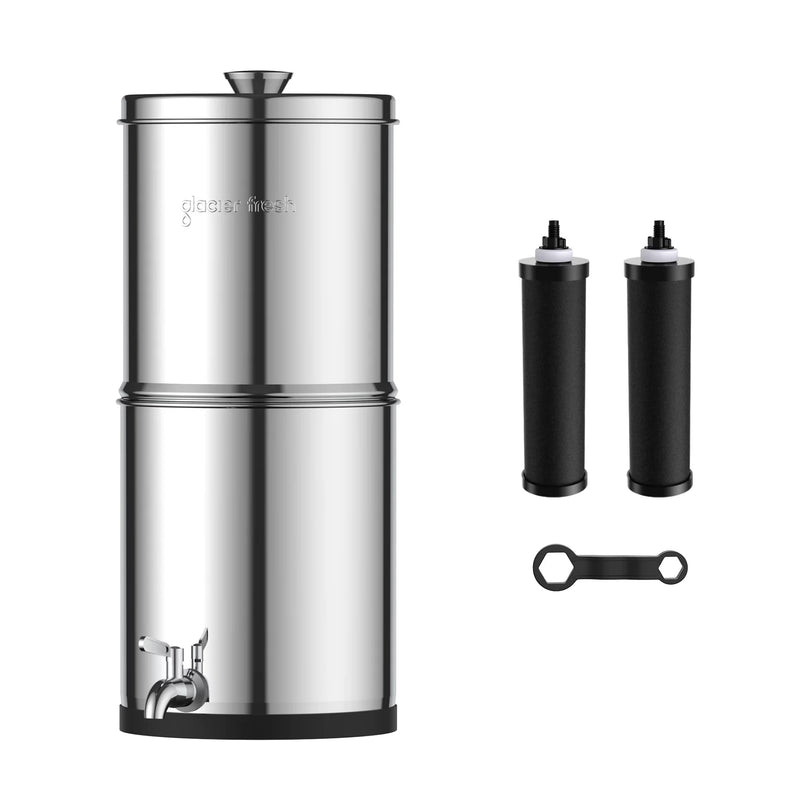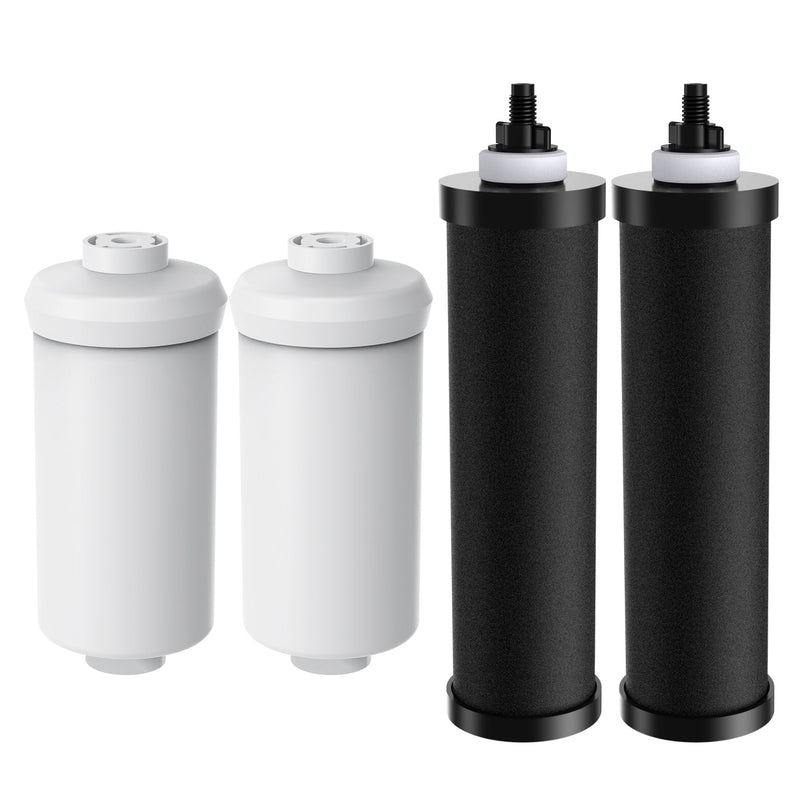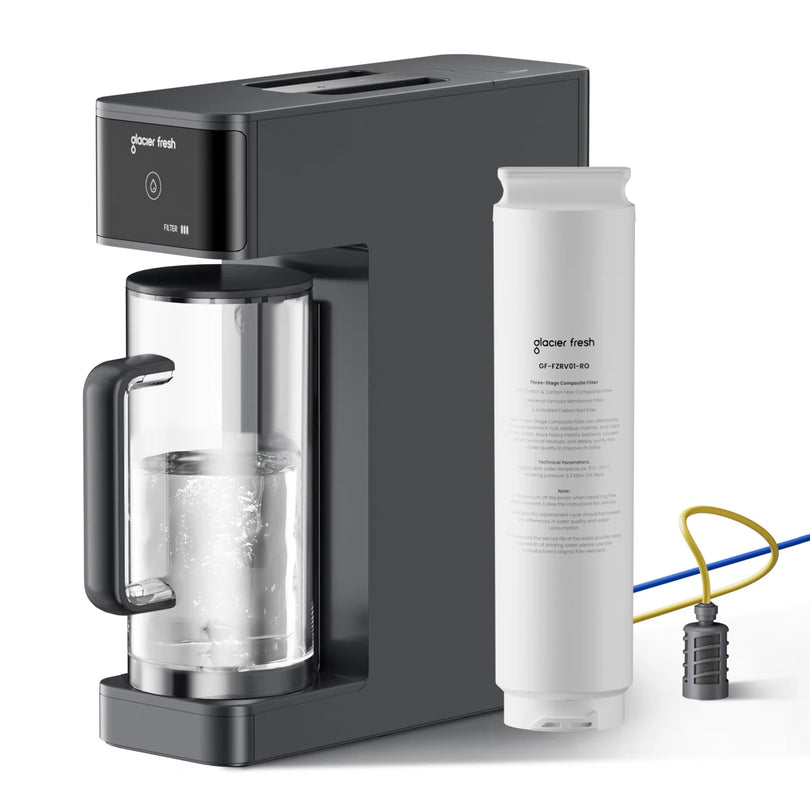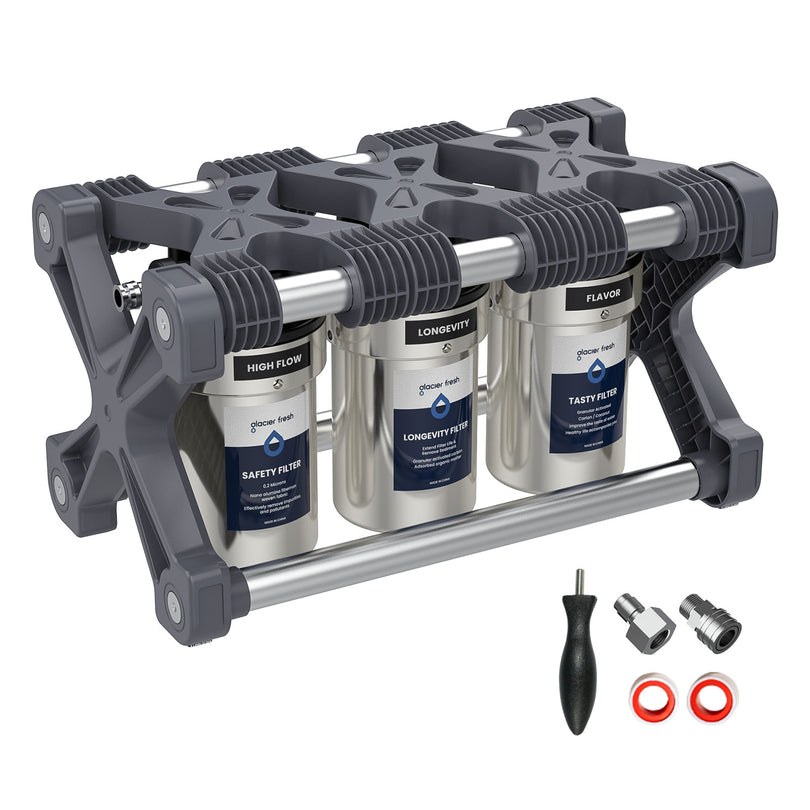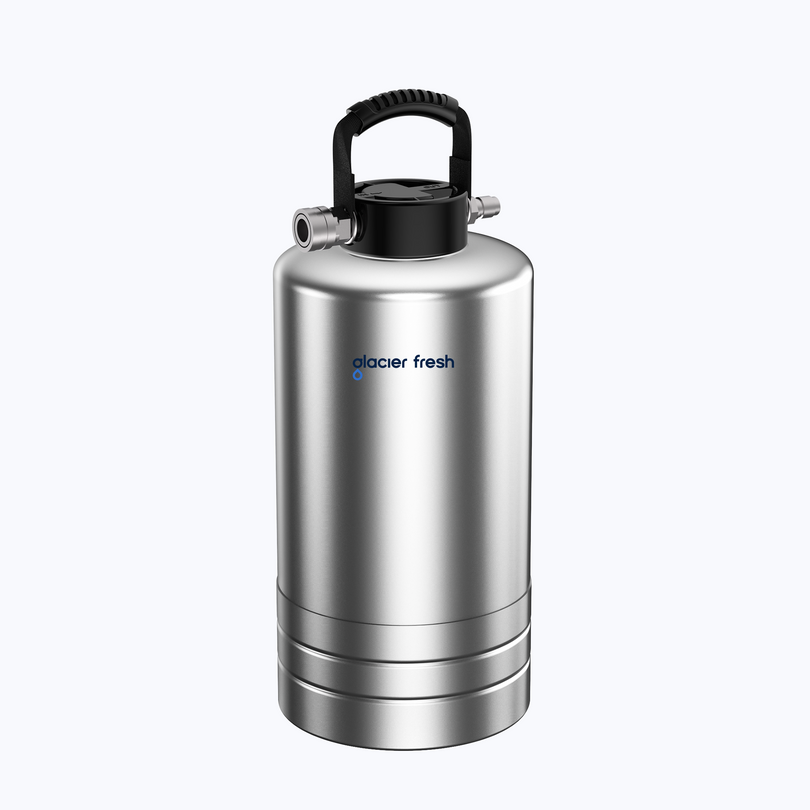Table of Contents:
What is pH and the importance of pH in water
The link between pH levels and water taste
pH levels in different water sources
How do we measure pH levels in water?
Tips for maintaining balanced pH levels in drinking water
FAQs
Conclusion
Water is essential to our daily lives, serving as the foundation of our well-being and health. However, not all water is created equal, and one crucial factor that affects its quality is its pH level. pH is a measure of the acidity or alkalinity of a substance, and it plays a fundamental role in determining the healthiness of drinking water.
In this article, we will explore the significance of pH in water and why it matters. We will also provide practical tips on ensuring balanced, safe drinking water for you and your family. So, let's dive in and uncover the mysteries of pH in water!
What is pH and the importance of pH in water

Understanding the pH level of water is crucial as it indicates its acidity or alkalinity, playing a significant role in ensuring balanced drinking water. The pH balance of water is a key factor in determining water quality. pH is a measurement of the acidity levels in water, ranging from 0 (very acidic) to 14 (very alkaline), with seven being neutral. Regarding water quality, a pH level between 6.5 and 8.5 is considered safe for drinking.
Water with a pH below 6.5 may indicate acidity, which can lead to a sour taste and potential corrosion of pipes. On the other hand, water with a pH above 8.5 may be too alkaline, resulting in a bitter taste and potential scaling in pipes. Monitoring the pH levels of water is essential to ensure that it's within the optimal range for human consumption, maintaining a healthy balance for your overall well-being.
The link between pH levels and water taste

The pH levels of water directly impact its taste, influencing whether it is perceived as sour or bitter. Taste preference is closely linked to pH levels, with different individuals having varying preferences based on their palate sensitivity to acidity levels. For example, water with a lower pH (more acidic) may taste sour, while water with a higher pH (more alkaline) may taste bitter to some individuals.
The flavor impact of water pH is significant as it can affect how refreshing or off-putting the water tastes to different people. To better understand the relationship between pH levels and water taste, let's explore it in a simple table:

pH levels in different water sources

pH variations in water sources can range from acidic to alkaline, impacting the taste and overall quality of the water. Natural water sources like springs and wells often have slightly alkaline pH levels due to the presence of minerals like calcium and magnesium. On the other hand, rainwater and certain surface waters can be more acidic due to dissolved carbon dioxide, creating a lower pH.
Additionally, treated water in urban areas may undergo processes affecting its pH, such as chlorination, making it slightly acidic. Understanding the pH levels in different water sources is crucial as they can indicate the presence of contaminants or minerals. Alkaline sources like mineral springs are sought for their potential health benefits, while acidic waters may require treatment to make them suitable for consumption.
How do we measure pH levels in water?
Using Ph testing strips
When testing pH levels in water, utilizing pH testing strips offers a convenient and cost-effective method for quick results. To use the strips, dip one into the water sample for a few seconds, then compare the color change on the strip to the provided color chart. This color comparison indicates the pH level of the water.
pH testing strips are portable and easy to use, making them suitable for quick pH checks in various settings such as pools, aquariums, or drinking water. While they may provide a different level of accuracy than electronic pH meters, testing strips are a practical option for general pH monitoring. They can help you maintain water quality without a significant investment.
Electronic Ph meters: how they work
To measure pH levels accurately and efficiently, electronic pH meters employ advanced technology to provide precise readings. These meters work by submerging a glass electrode into the water sample, which generates a voltage corresponding to the hydrogen ion activity in the solution. This voltage is then converted into a pH reading displayed on the meter's screen.
Electronic pH meters are calibrated using buffer solutions of known pH levels to ensure accurate measurements. Some meters may also have temperature compensation features to adjust for temperature variations affecting pH readings.
Interpreting Ph results
A pH reading below 7 indicates acidity, while above 7 signifies alkalinity. A neutral pH is 7. It's essential to note that pH operates on a logarithmic scale, meaning each whole pH value below seven is ten times more acidic, while each pH value above 7 is ten times more alkaline. Therefore, a pH of 5 is 100 times more acidic than a pH of 7. Regularly monitoring and interpreting pH results can help maintain water quality and ensure the proper functioning of aquatic ecosystems.
Tips for maintaining balanced pH levels in drinking water
Water treatment methods to balance pH
Maintaining balanced pH levels in drinking water ensures its quality and safety. To achieve this, consider the following water treatment methods:
- pH Adjustment Techniques: Use methods such as adding alkaline minerals or chemical additives to regulate the pH and improve overall water quality.
- pH Level Monitoring: Regularly check the pH levels of your drinking water using testing kits and invest in filtration systems like reverse osmosis system or activated carbon filters to maintain a balanced pH.
- pH Regulation: Explore advanced water treatment technologies like ion exchange or distillation processes to effectively regulate the pH levels of your drinking water and ensure it remains safe for consumption.
Choosing the right water source
Ensure your drinking water's pH balance by selecting the right water source. Opt for purified or filtered water to maintain a balanced pH level when choosing a water source. Water filtration plays a crucial role in removing impurities that may affect pH.
Consider conducting pH testing on different water sources to determine which aligns best with the desired pH range. Source selection is critical in ensuring that your water is already at an optimal pH level or can be easily adjusted.
The role of minerals in pH balance
Considering the essential role minerals play in maintaining balanced pH levels in drinking water, it's crucial to understand how these elements impact the overall pH balance.
- Mineral Absorption: Minerals like calcium and magnesium can help stabilize pH levels by neutralizing acidity in the water.
- Acidic Environment: Lack of essential minerals in water can lead to an acidic environment, which may affect the taste and quality of the water.
- Alkaline Benefits: Water with balanced mineral content tends to have a more alkaline pH, which is believed to offer various health benefits.
pH-balanced water filters
Consider investing in a pH-balanced water filter to maintain balanced pH levels in your drinking water. These filters not only help in achieving optimal pH levels but also provide additional benefits. Regular filter maintenance is crucial to ensure its effectiveness.
Perform pH testing periodically to monitor the water quality and adjust as needed. pH-balanced water filters also offer alkaline benefits, which may help neutralize acidity in the body and promote overall health.
FAQs
Can the pH level of water change throughout the day?
Yes, the pH level of water can change throughout the day due to various factors, such as minerals in pipes or environmental influences. This may impact hydration, body chemistry, and water quality, affecting pH balance.
Can Ph levels in water impact the longevity of plumbing systems?
Maintaining balanced pH levels in water is crucial for corrosion control in plumbing systems. Neglecting water quality can lead to damage, requiring costly plumbing maintenance. Ensure proper pH balance to protect your plumbing.
Conclusion
So, next time you sip water, remember the importance of pH levels. Balanced pH affects the taste of water and ensures its safety and health benefits. You can enjoy a refreshing and clean glass every time by measuring and maintaining pH levels in your drinking water. Take charge of your water quality and stay hydrated with balanced pH levels.

